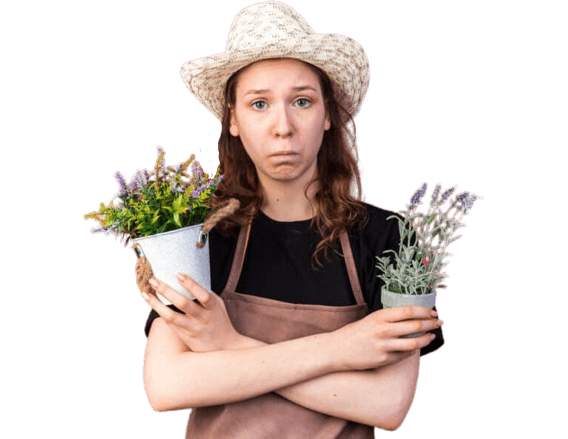Uh-oh! Too bad

Page not found
The Page You’re Looking for May Have Been Moved or Deleted.
Search By
Category:
- Garden Tools
- Gardening Tool
- Gardening Tools
- Gardening News
- Urban Gardening
- Trending Plants
– Jade Plant
– Snake Plant
Tags:
best gardening tools best garden tools best houseplants best indoor plants best lawn mower best mini wood chipper Best Snow blower best wood chipper buy jade plants CAM plants care guide coffee grounds for houseplants Crassula argentea Crassula obliqua Crassula ovata Crassula portulaca fertilizer garden Gardening gardening gadget gardening news gardening tips gardening tool gardening tools gardening tools review garden tool garden tools garden tools review Houseplant house plant houseplant care houseplants Husqvarna indoor plant indoor plant care indoor plants indoor plant tips jade plant jade plant benefits jade plant care jade plant facts jade plant grow jade plant indoor jade plant propagation jade plants collection jade plants collection mealybugs kind of snake plant lawn mower lawn tractor medical herbs mini wood chipper mini wood chipper review money tree mower pressure washer propagating snake plant resin shed riding lawn mower riding mower Robot Lawn Mower sansevieria shed Snake plant snake plant benefits snake plant care snake plant care guide snake plant collection snake plant disease snake plant flower snake plant grow snake plant growth snake plant guide snake plant leaves snake plant problem snake plant problems snake plant propagation snake plants snake plants facts snake plant soil snake plant tips snake plant types snake plant varieties Snow Blower snow blower review storage shed succulent succulents suncast symbol of fortune Trending 2021 Trending houseplant trending plant trending plant 2021 trending plants trending plants 2021 Watering guide for snake plant wealth tree Houseplant wood chipper wood chipper review zero turn mower
